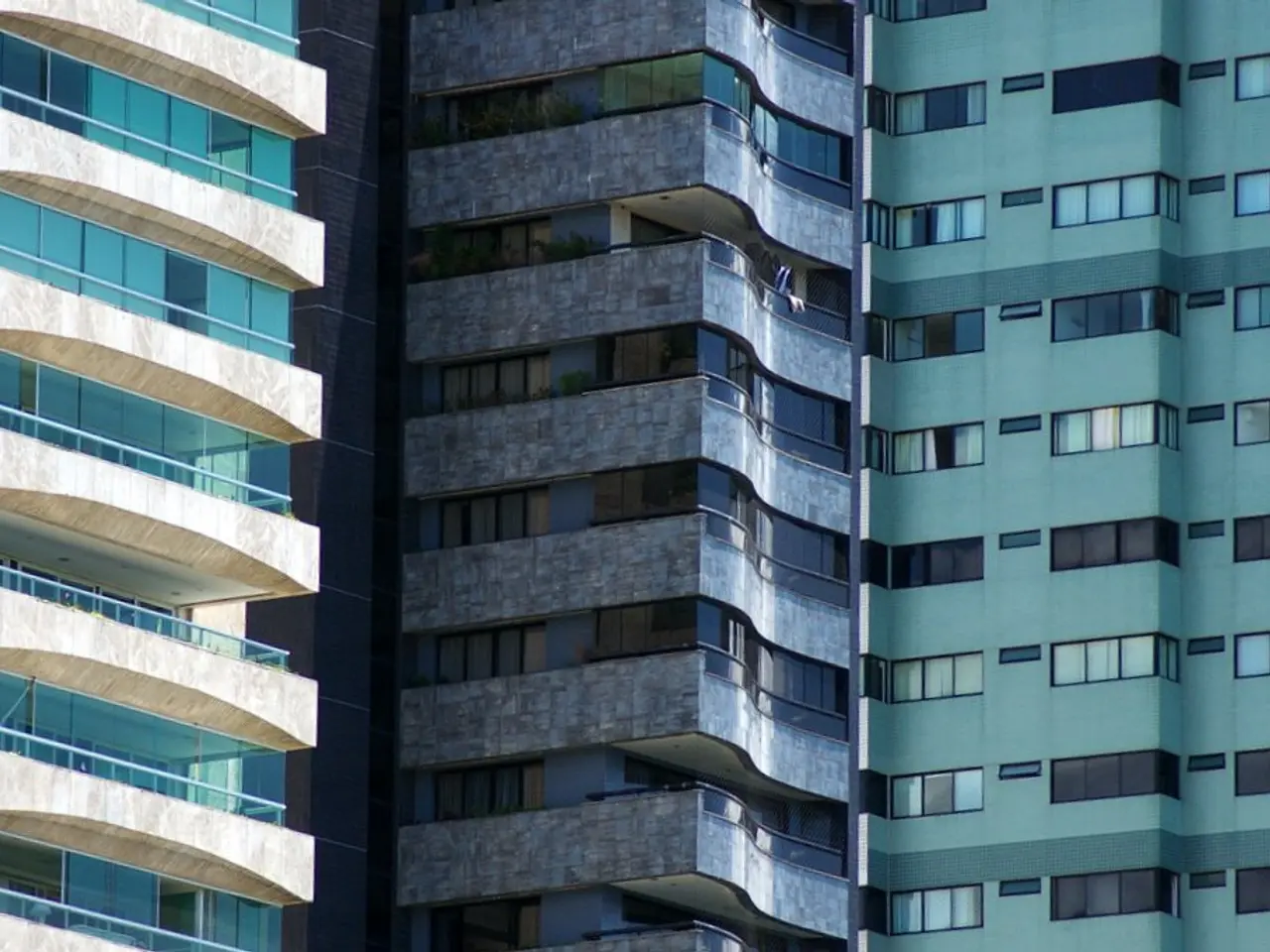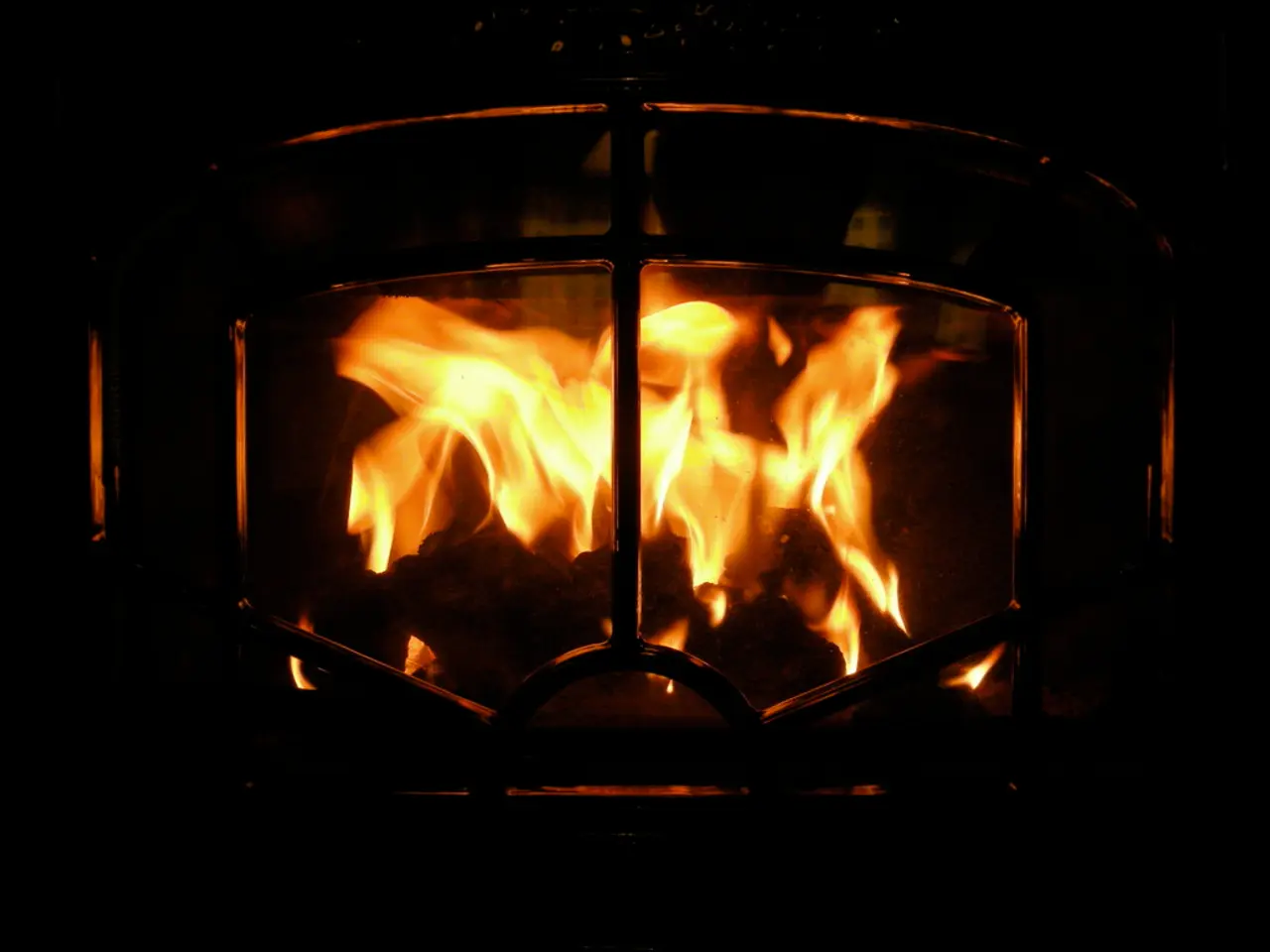Decrease in residential construction in Russia reaches nearly 25% within a single month
==============================================================================
In a significant turn of events, new housing construction in Russia experienced a substantial decrease in June 2025. According to reports by the news agency "Khabarovsk Krai Today" and confirmed by TASS, the total area of housing commissioned in June was 7.5 million square meters, marking a 22.7% decrease compared to the same month last year.
This decrease was also reflected in the number of new apartments built, which dropped to 54.1 thousand in June, a decrease from 60.4 thousand apartments built in June of the previous year. The construction of new houses also saw a decline, with 31.5 thousand houses built by the Russian population in June, a decrease from 36.9 thousand houses built in the same month last year.
This decrease in new housing input in the first half of the year compared to the same period last year was 2.4%. A total of 554.6 thousand apartments were built in the first six months of the year, representing a decrease from 563.6 thousand apartments built in the same period last year.
The factors contributing to this decline are complex and interrelated. Official data shows a sharp decline in sales of new housing units—sales dropped 26% in the first half of 2025 and plunged by around 53% year-over-year in June alone. This demand collapse coincides with an unprecedented oversupply, with unsold new apartments reaching a record 319,000 units and quarterly overstocks increasing to 72,000 apartments as of mid-2025.
There has also been a notable redistribution of investment flows within the Russian real estate market. In the first half of 2025, the share of investments going to commercial real estate rose substantially, reaching 78% of total real estate investments, while residential sector investments shrank from 33% to 22%. This shift reflects reduced capital available for new housing projects and possibly developers’ focus on more profitable commercial segments.
The construction sector is under stress, with concerns about bankruptcies linked to sustained high-interest rates and economic slowdown. These financial pressures can dampen the ability of developers to initiate new housing projects or proceed at previous growth rates, directly impacting new housing input.
Additionally, mortgage lending programs that boosted housing construction growth in previous years may have been curtailed due to tightening borrowing requirements and broader economic uncertainty, thereby reducing housing demand and new starts. While specific 2025 mortgage data is not given, the earlier growth trend does not appear sustained in mid-2025 market conditions.
Lastly, the post-pandemic shift that increased suburban private house construction may have moderated, and the macroeconomic context alongside rising mortgage rates and oversupply dampens homebuyers’ willingness to commit to new housing in the current environment.
In conclusion, the 22.7% year-on-year drop in new housing construction input in June 2025 reflects collapsing housing demand coupled with record oversupply, a reallocation of investment away from residential development, economic and financial strain on developers, and constrained consumer financing—factors collectively undermining the growth of new housing projects in Russia.
- The shift in investment flows within the Russian real-estate market, with a larger portion going to commercial properties instead of residential sectors, could potentially impact future investing opportunities in the housing industry.
- The interrelated factors such as housing demand collapse, record oversupply, economic pressures on developers, and constrained consumer financing have collectively contributed to the decrease in finance allocated for new real-estate projects in Russia.




